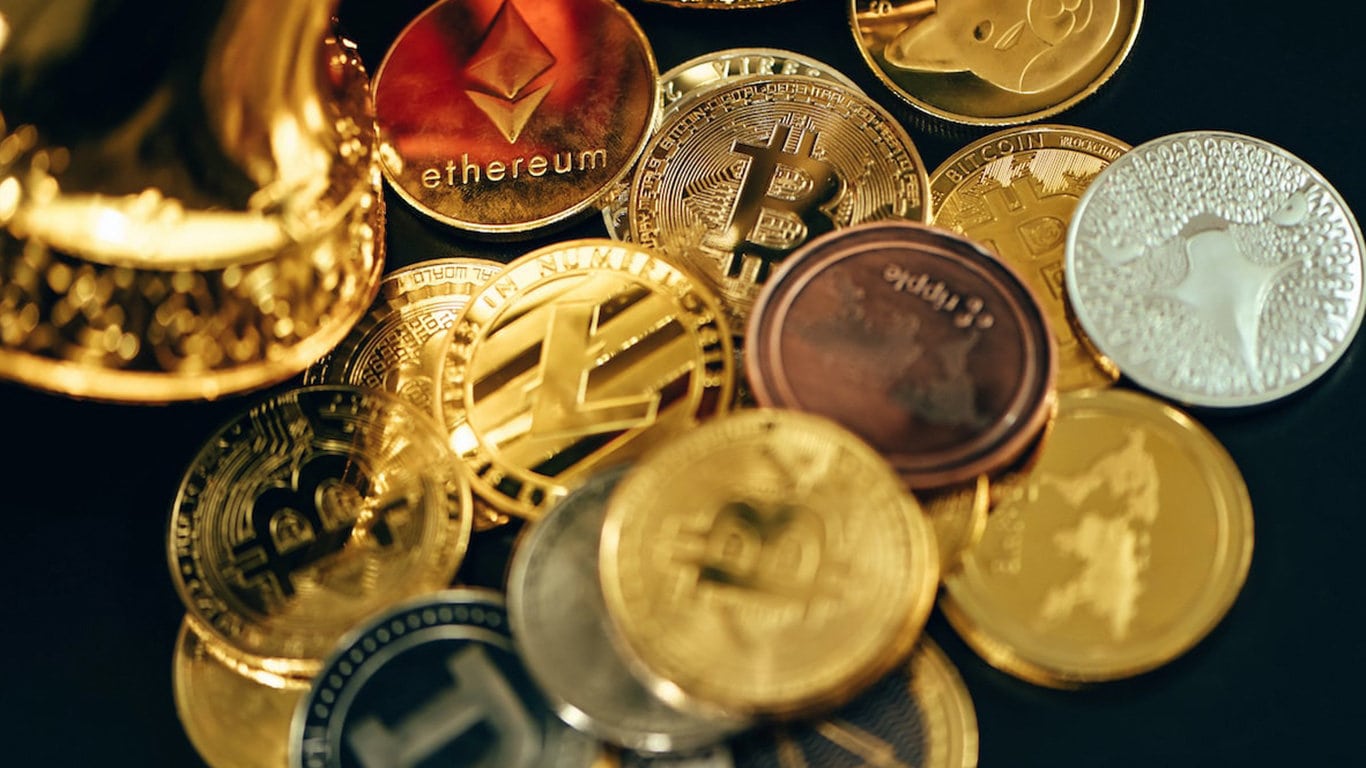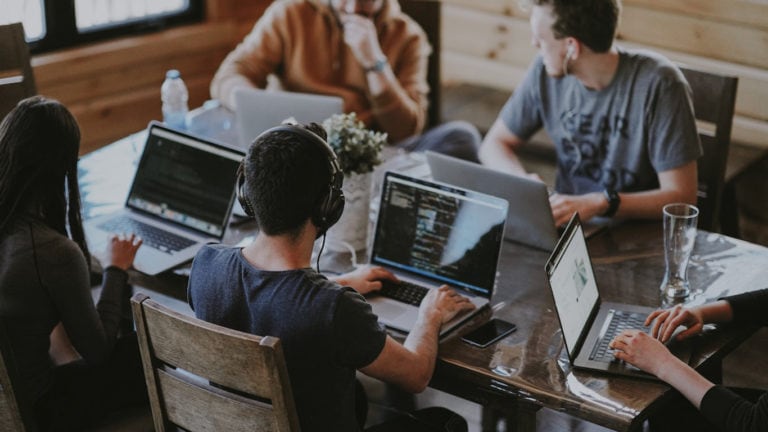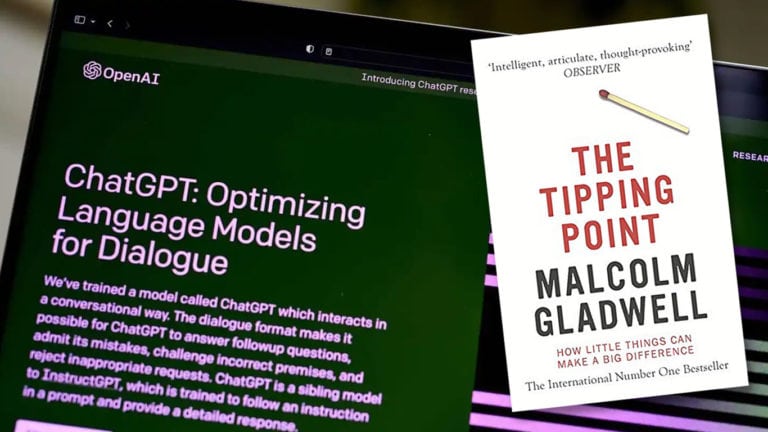Decentralized and collaborative AI on a blockchain using ChatGPT
I had the random idea of creating a decentralized and collaborative AI on a blockchain so that instead of being based on limited supply.
It was designed with a consensus mechanism for a cryptocurrency that uses distributed computing, similar to SETI@home or Folding@home, where volunteer computers contribute their processing power to aid in training or processing large language models.
The compute produced by these volunteer computers could be converted into blocks, and participants could be rewarded with tokens for their contributions.
On the other end transaction fee could be based on pre-purchased tokens or, in this example, Ethereum directly.
Thoughts on how the Collaborative AI should work
This example provides a simple implementation of a decentralized and collaborative AI on a blockchain with off-chain encoding using a pre-trained GPT-2 extra-large model.
The dataset is divided into segments, each processed off-chain using the pre-trained base model. The higher-dimensional representation of the data is then stored in a transaction and added to the blockchain.
After mining a new block with the transaction, the final layers of the model are fine-tuned on-chain using the encoded data.
This uses a Secure multi-party computation (SMPC) data handling, a native token Coin-based incentive system, a Proof-of-Work (PoW) consensus mechanism, uses Ethereum for the transaction fee, and an Incentivize AI model for contributions which distributes tokens to participants based on their contributions to the AI model training measured by tokens.
I don’t know how to code, but I’m pretty good at reverse engineering it, so I had ChatGPT write me the Python code, and it’s pretty amazing how detailed it is.
It took quite a long time to keep building on the prompt to fill in the missing details until I felt I had covered most of what was needed for the foundation of the blockchain.
I especially liked how it knew how to import much of it from existing libraries. I was going to have it pull the model from my locally downloaded GPT-2 extra large model, which is the only one currently available to the public.
However, it already includes the GPT-2 model, which I assume pulls from the Open Ai repository. I’ll plug it into my PyCharm and see what happens.
Here is the code below:
import json
import time
import hashlib
from typing import List
import numpy as np
import tensorflow as tf
from tensorflow.keras.models import Model, Sequential
from tensorflow.keras.layers import Dense, Input
from transformers import TFGPT2LMHeadModel, GPT2Tokenizer
from blockchain import Blockchain, Transaction, Block
from smpc import SMPC
from incentive_system import IncentiveSystem
from pow_consensus import PoWConsensus
# Load your pre-trained GPT-2 extra large model
model = TFGPT2LMHeadModel.from_pretrained("gpt2-xl")
tokenizer = GPT2Tokenizer.from_pretrained("gpt2-xl")
# Remove the final layers of the model
base_model = Model(inputs=model.input, outputs=model.transformer.h[:, -1])
# Create a new model with only the final layers
final_layers = Sequential([Input(shape=base_model.output.shape[1:]), Dense(tokenizer.vocab_size, activation="softmax")])
# Dataset handling and preprocessing functions
def load_dataset():
# Load and preprocess your dataset here
pass
def off_chain_encoding(data, base_model, tokenizer):
inputs = tokenizer(data, return_tensors="tf", padding=True)
return base_model(inputs)
def on_chain_fine_tuning(encoded_data, labels, final_layers, smpc):
# Secure multi-party computation (SMPC) for on-chain fine-tuning
smpc_data = smpc.encrypt(encoded_data)
smpc_labels = smpc.encrypt(labels)
final_layers.fit(smpc_data, smpc_labels, epochs=10)
# Decrypt the updated model weights
decrypted_weights = smpc.decrypt(final_layers.get_weights())
final_layers.set_weights(decrypted_weights)
# Blockchain and other components setup
blockchain = Blockchain()
smpc = SMPC()
incentive_system = IncentiveSystem()
consensus = PoWConsensus(blockchain)
# Load and preprocess the dataset
data, labels = load_dataset()
# Train the model collaboratively using the blockchain
for segment in data:
# Off-chain encoding to a higher-dimensional representation
encoded_data = off_chain_encoding(segment, base_model, tokenizer)
# Create a transaction with the encoded data
transaction = Transaction(sender="miner", recipient="miner", value=0, data=json.dumps(encoded_data.numpy().tolist()), gas_limit=100000, gas_price=1, signature=b"")
blockchain.new_transaction(transaction)
# Mine a new block using PoW consensus
mined_block = consensus.mine_block(miner_address="miner")
if mined_block:
# On-chain fine-tuning of the final layers
on_chain_data = np.array(json.loads(mined_block.data))
on_chain_fine_tuning(on_chain_data, labels, final_layers, smpc)
# Incentivize AI model contributions
token_rewards = incentive_system.calculate_rewards(contributors=mined_block.contributors, block=mined_block)
incentive_system.distribute_rewards(token_rewards)
# Combine the base model and the fine-tuned final layers
trained_model = Model(inputs=base_model.input, outputs=final_layers(base_model.output))
# Save the trained model
trained_model.save('path/to/save/trained/model')This example is still high-level and does not provide a complete implementation of secure multi-party computation (SMPC), the native token-based incentive system, the Proof-of-Work (PoW) consensus mechanism, Ethereum for the transaction fee, or the incentivized AI model contributions.
It serves as a starting point to give you an idea of how to build a more sophisticated solution. We will still need to implement the SMPC, Incentive System, and PoW Consensus classes, as well as add support for using Ethereum for the transaction fee, which probably isn’t practical, but the overall concept is pretty interesting.
It is quite amazing what is possible with AI.







